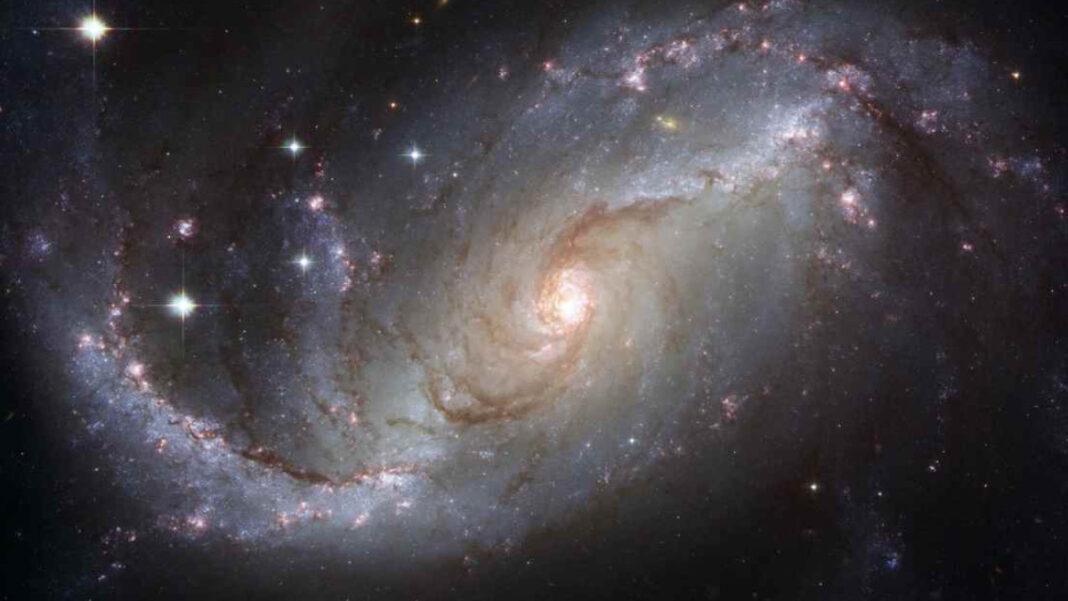UNITED STATES: James Webb Space Telescope has constantly been helping scientists to dig deeper into space since it became operational. A galaxy that is 9 billion light years away from Earth has now been discovered by the JWST, which is identical to the Milky Way.
JWST discovers Sparkler galaxy
The galaxy is called “Sparkler” and is found in the southern constellation Volens. Sparkler is the name of the galaxy, which has more than 20 brilliant globular clusters in orbit around it.
A million or more stars could be found in each of these clusters. Currently, our galaxy is home to 200 globular clusters on its own.
Approximately a third of the universe’s current age, or four billion years, is represented by Sparkler in the James Webb telescope image.
According to a report, Sparkler galaxy should grow in the same manner the Milky Way did in around 9 billion years if it grows at the same rate.
Astronomers will gain a unique understanding of the evolution of the Milky way through the study of this galaxy. The Monthly Notices of the Royal Astronomical Society have published the observations.
Although Sparkler galaxy only has 3% of the Milky Way’s mass, astronomers predict that it will eventually catch up to the Milky Way’s mass through the process of feeding over cosmic periods.
Professors Duncan Forbes and Aaron Romanowsky of Swinburne University in Australia and San Jose State University in the United States were the leaders of this study project.
In a statement, Professor Forbes stated, “We seem to be watching, up close, the construction of this galaxy as it builds up its bulk in the shape of a dwarf galaxy and many globular clusters. The possibility to examine the birth of globular clusters and a young Milky Way at a time when the universe was only a third as old as it now excites us.”
The genesis of globular clusters has long been a mystery, so co-author Professor Aaron Romanowsky said, “We are excited that JWST can gaze back in time to view them in their youth.”
Also Read: NASA’s James Webb Telescope Captures a Galactic Crowd



